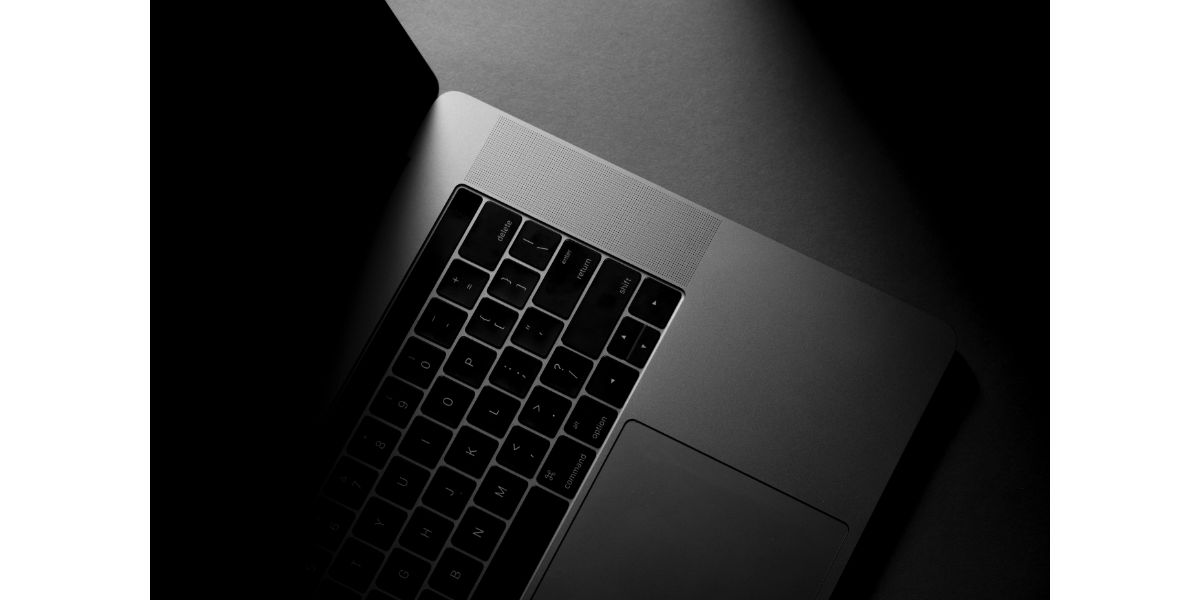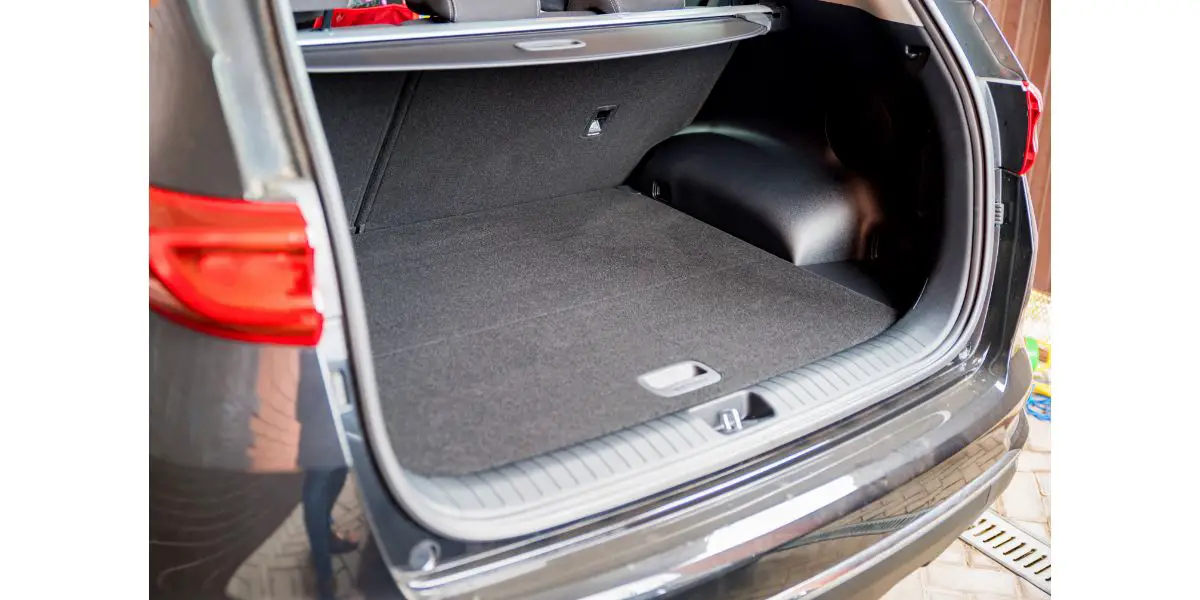Disclaimer: This post may contain affiliate links, meaning we get a small commission if you make a purchase through our links, at no cost to you. For more information, please visit our Disclaimer Page.
Apple’s MacBook provides an excellent platform to facilitate video calls, group meetings, email clients, text documents, imagery, videos, and more. Although it is functionally similar to many other kinds of laptops on the market, the MacBook leads the pack in quality and durability. And since it also runs on macOS, data sharing or syncing with other OS devices becomes a seamless experience.
Like many electronics, however, the MacBook is subject to temperature constraints. Most of these devices contain circuits and components sensitive to temperature extremes. Although less likely, extreme cold temperatures can also cause damage. Therefore, in today’s article, we’ll discuss how much temperature is too much for a standard MacBook.
Table of Contents
Is It OK for a MacBook To Get Cold or Hot?
Before we answer the question, there are some situations where the MacBook has to run outside its recommended temperature range. For example, you need to boot up and use your MacBook. During this time, you might not have the ideal temperature around you.
In the next section, we will discuss some of the more precise temperature ratings for the MacBook. Still, excessive cold or heat can cause damage to the components if you leave the computer to operate in such temperatures for a long time.
On a related note, it could damage the system permanently. For example, your laptop may fail to boot or start under extreme heat or cold. Hypothetically speaking, you could reverse the problem by bringing your MacBook to an area with the correct temperature range.
Wait for some time for the laptop to cool off or warm up. Once it does, it might run as usual again. Note, however, that changing the laptop’s temperature comes with caveats, which is particularly true if you do so abruptly. We will discuss some of these pitfalls in a later section.
It doesn’t necessarily mean that your MacBook won’t run if it’s not within the recommended temperature range. However, the sensitive electronic components inside the device are at their most efficient under ideal temperatures. So If you have no other choice, only use your laptop briefly under extreme temperatures.
What Temperature Is Too Cold or Hot for a MacBook?
Fortunately, Apple has taken the guesswork out of MacBooks through their user guide, which contains the ideal temperature range for the MacBook. The numbers were a result of rigorous tests they conducted for the device.
You can find the user manual indicates that the recommended ambient temperature starts at 50℉ up to 95 ℉. It follows international safety standards. You can also convert these readings to Celsius, between 10℃ and 35℃.
Earlier, we mentioned that you could use your MacBook for brief periods under extreme temperatures. While this might be true, any ambient temperature over this range could lead to problems. So the longer you use the laptop at such a temperature, the greater the risks its hardware faces.
Although this risk increases during a laptop’s operation, having an inactive computer sitting in such an environment for a while can cause similar issues. It is a good idea never to assume that just storing a laptop outside its temperature range is acceptable.
What Happens if a MacBook Gets Too Cold Or Hot?
Going over possible problems if your computer gets too hot or cold can help us cement some of the risks we’ve alluded to in previous sections.
Extreme Cold
MacBooks can be stored at low temperatures but not too low outside the range that Apple recommends. Storing outside the suggested temperatures may cause your MacBook to be unable to run efficiently.
Earlier, we mentioned the recommended operating temperatures for the MacBook. However, Apple also gives the recommended temperature for storage, which is -13℉ to 113℉. In Celsius, it’d be between -25℃ to 45℃.
If your MacBook has spent much time in a frigid environment, it will fail to start. Therefore, it would be best to warm it up before turning the device on again.
In worse cases, the battery itself might freeze. If this happens, the part could start to crack, making it inoperable or dangerous. It could also expand as it warms up, leading to many of the same dangers as a broken battery.
There is also a secondary issue that can crop up from cold temperatures. If your MacBook sits in the cold for too long, it might draw moisture that turns to frost. Whether inside or outside the computer’s frame, this frost can sit on the device in the cold.
Although letting your laptop warm up is an excellent idea, it will melt the ice inside. Once it turns into excess moisture inside the machine, it can ruin some of the MacBook’s circuitry.
The above scenario is the most problematic. If the computer doesn’t have enough time to get rid of its excess moisture, turning it on too quickly can fry many internal components.
Therefore, let the laptop warm up without turning it on to avoid this issue. It is a process that may take several hours. During this time, we don’t recommend that you even try to connect it using the power adapter.
Extreme Heat
In the same way, if you use your MacBook under extreme heat, it can damage many components inside it. Whether such damage can affect the laptop permanently depends on how long the computer is active.
One of the first parts that might sustain damage is the battery. Exposing it to scorching temperatures for extended periods could melt or expand it. And it’s dangerous to use your computer with a damaged battery.
Further, components that generate heat would be at risk. In particular, it would affect things like the central processor. And MacBooks have sensors that detect overheating. If they do, they will shut down the computer to protect it. However, these sensors might not function well in high heat, making the MacBook inefficient.
Can I Leave My MacBook in My Car or Car Trunk?
Given the relatively warm storage temperatures Apple outlines for its MacBooks, it is probably OK to leave the computer in a car for some time. But, of course, using your best judgment here is a good idea.
Check the highs or lows of the temperatures for that day in your area. If it is freezing, keep the computer in a pack and avoid putting it in direct sunlight on hot days.
Can I Use My MacBook on My Bed?
Using your MacBook in bed is OK if you have a portable laptop table. However, avoid putting it directly on your lap or the covers. Doing so blocks the laptop’s vents for airflow. Consequently, it could lead to some of the internal components overheating.
Is It OK To Use My MacBook Outside?
As long as you know the average ambient operating temperatures, it would help if you faced only minimal risk when using your MacBook outside.
Conclusion
MacBooks are relatively powerful notebook computers. Despite that, they also need the right temperature for storage and operation. Problems can occur if you expose your laptop to extreme temperatures for a long time. If you do, let it warm up or cool down for several hours before powering it up again.


